Research
Search our website
Search our website by entering a keyword or choose a database above to search specifically.
Search
Showing search results 3,411 - 3,420
14,722 results found

Cigar box opener
The cigar box opener is a manual tool with which one can open a cigar box.
It has a flat, rounded, blunt blade with a small notch along the side, and
a straight handle. With the rounded end you cut the paper band around the
lid of the box loose and with the notch you pry the nail loose. In some
models there is also a hammer head present to hammer the nail back in.
Sometimes the cigar box opener is combined with a cigar cutter. The same
tool is used to open boxes with scoops (1). The cigar box opener can also
be part of a pocket knife. [MOT] (1) Paul Duflos. Outillage pour le travail
du bois. Tariff No. 5. 1920: 13 marteaux-couteaux pour primeurs.

Chuck key
This text can only be consulted in Dutch
<https://www.mot.be/resource/Tool/chuck-key?lang=nl>

Chipping hammer
This text can only be consulted in Dutch
<https://www.mot.be/resource/Tool/chipping-hammer?lang=nl>

Chopping block
Meat and vegetables can be chopped on a cutting board or a chopping block.
The latter is a cross-sawn piece of tree trunk (approx. 30-60 cm diameter;
approx. 13-50 cm thick) - often the hole in the tree - possibly with three
legs underneath. Usually it is made of beech wood. [MOT]

Chimney crook (screw)
This text can only be consulted in Dutch
<https://www.mot.be/resource/Tool/chimney-crook-screw?lang=nl>

Chocolate truffle mould
This text can only be consulted in Dutch
<https://www.mot.be/resource/Tool/chocolate-truffle-mould?lang=nl>

Cleaver's stick, dop stick
This text can only be consulted in Dutch
<https://www.mot.be/resource/Tool/cleaver-s-stick-dop-stick?lang=nl>

Clinker tongs
This text can only be consulted in Dutch
<https://www.mot.be/resource/Tool/clinker-tongs?lang=nl>

Claw hammer (carpenter)
The claw hammer is a hammer - very similar to the farrier's shoeing hammer
- with square or round face, of 300-900 gr, with a split pin. The claw is
used to pull out nails (1). To do this, the carpenter takes his hammer with
the iron under his hand, places the nail in the tapered crack and pulls
back the handle. Due to the force exerted on the joint, it is often
reinforced by two springs. See also this hammer of the carpenter. [MOT] (1)
The double claw - two claws one above the other - occurs only exceptionally
(eg SLOANE: 99). It was probably used to pull out long nails.

Claw-chisel
This text can only be consulted in Dutch
<https://www.mot.be/resource/Tool/claw-chisel?lang=nl>








